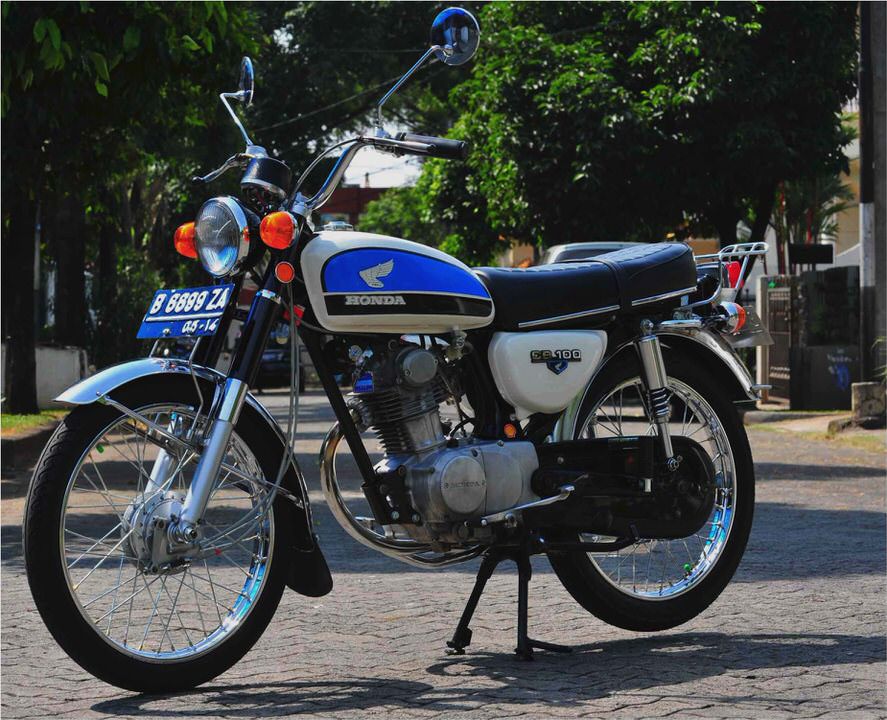
Replacing Honda CB500 speedometer and tachometer face plates
by Richard Backus
Tags:
The finished gauges on the BikeBandit.com/ Motorcycle Classics Project Cafe, complete with custom face plates. Pretty cool, eh?
If you’re old Honda has spent any time in the sun, it’s a pretty good bet the speedometer and tachometer face plates are cracked and faded. Thirty-some odd years out in the elements will do that to a bike. The good news is, you can make those face plates look like new – or give them a personalized look – and it’s not as hard as you think.
Here’s what we started with. Pretty typical, really, and pretty ugly, really.
As part of our BikeBandit.com/Motorcycle Classics Project Café. the 1973 Honda CB500 Four we’ve slowly transformed from a tired dog, ready for the parts bin or the junk yard, into a gleaming, lovely little café for the street, we decided to freshen up the bike’s clocks. We’d never tried disassembling a set of Honda gauges, so we went into this as cold as the next guy. And while it definitely takes a little time and patience, we discovered it’s a project completely in reach of the average guy.
Unfortunately for us, the telling of this tale got let down by technology, or maybe just bad “best practices,” you decide. I documented the entire process, taking pictures of the speedo and tach from start to finish as we worked through, but an unexpected and pretty devastating system failure in my computer resulted in losing just about every pic I took. A few – the ones you see here –survived, but that’s all. Had I backed everything up to a disc, I’d still have all my pics.
There’s the “best practices” element. Fortunately, someone else has already documented the job.
It was, in fact, because of Steve Swan’s excellent step-by-step instructions for disassembling/assembling CB750 gauges on the SOHC Honda CB Motorcycles website that we decided we were up to the task. The process is nicely documented on the SOHC tech pages, and we relied heavily on the SOHC article to get our gauges apart.
As excellent as that article is, there are some differences between the CB750 gauges and those used on our CB500. Thanks to our paucity of pics, it won’t be very instructional to try a comprehensive walk-through – you can get that on the SOHC page. Instead, I’ll point out some of the things we learned that differ from the SOHC article and some of the elements unique to the CB500 gauges.
If you’re going to follow along, you might want to print this out so you can refer to it while going through the SOHC article, or put both articles up on different pages in your browser and flip back and forth.
Step One: Removing the crimp band Once you’ve removed your gauges from the bike, it’s immediately obvious that the biggest challenge in getting to the face plates is splitting the gauge body, which requires removing the crimp band holding the upper and lower parts of the gauge case together. The SOHC article suggests using a utility knife to uncrimp the band, slipping the blade up under the crimp band working from the lower side of the band (gauge face facing you), then using the knife blade like a miniature pry bar.
We found it was much easier – and safer – to use a very small screwdriver, gently prying the band up and with a little sideways twist. As the SOHC article shows, once you get the crimp band to start bending back, move in baby steps around the entire circumference of the gauge, slowly prying the band open. We ended up working our way around the gauge about four times, transitioning to a slightly larger screwdriver in the process, lifting the band a little farther with each pass until it opened up enough to slip off the gauge body so we could separate the two halves.
Use a screwdriver to gently pry the crimp band off, twisting up and a little sideways. We started with a small screwdriver and then transitioned to a slightly larger one, once we’d made our first pass around the band.
Here’s what the crimp band should look like once it has been completely opened up. It takes a bit of work to get to this point, easily 15 minutes, so be patient.
Step Two: Removing the trip odometer reset knob To remove the inner speedometer assembly from the gauge case, you first have to remove the trip OD reset knob. Unlike the CB750 speedometer, where the trip reset knob screws off its stem, the trip reset knob on the CB500 is held onto its stem by a very small Phillips head machine screw. In our case it was rusted in place, and wouldn’t screw out.
To remove it, we took a small drill bit just slightly smaller than the head of the screw. Drilling carefully and gently, we drilled through the screw head to the body of the screw. The tapered profile of the drill bit lets you remove most of the screw head until the bit hits the screw stem, at which point the head should pop off. The knob then slips off, and we removed the rest of the screw with a small pair of locking pliers.
The threads in the shaft were fine, leaving us only to find a small, metric machine screw to hold it together on reassembly.
Step Three: Removing the face plate The SOHC article doesn’t address removing the face plate (it focuses on repairing a bad gear), so we called up Honda CB750 guru and café fanatic Steve “Carpy” Carpenter at CB750cafe.com for advice. The big issue was how to remove the speedo and tach needles without breaking them. Carpy told us they’re just a press fit on the shaft and come off easily, but who wants to break one once you’re this far along?
Essentially, you need to lift the needle straight up and off the shaft, but using what? Carpy uses a pair of pliers, but we discovered the perfect tool; a common dinner fork. Using one of the two screws that hold the face plate on as a fulcrum, we inserted a regular bladed fork under the center of the needle, rested the butt of the fork blade (the part below the fork tines but before the handle) on the head of the screw and then gently pried down on the fork handle.
The rocking action provided by the arc of the fork lifted the needle off perfectly! I think I need to patent that one. Once the needle’s off, it’s a simple matter of removing the two Phillips head screws holding the face plate on and that’s it, it’s off.
Step Four: Replacing the face plate Once the face plate’s off you have a couple of options. The first of course is to replace them straight out with standard faces. Charlie O’Hanlon at Charlie’s Place in San Francisco works with a fellow who does perfect Honda replica faces, which is great to know.
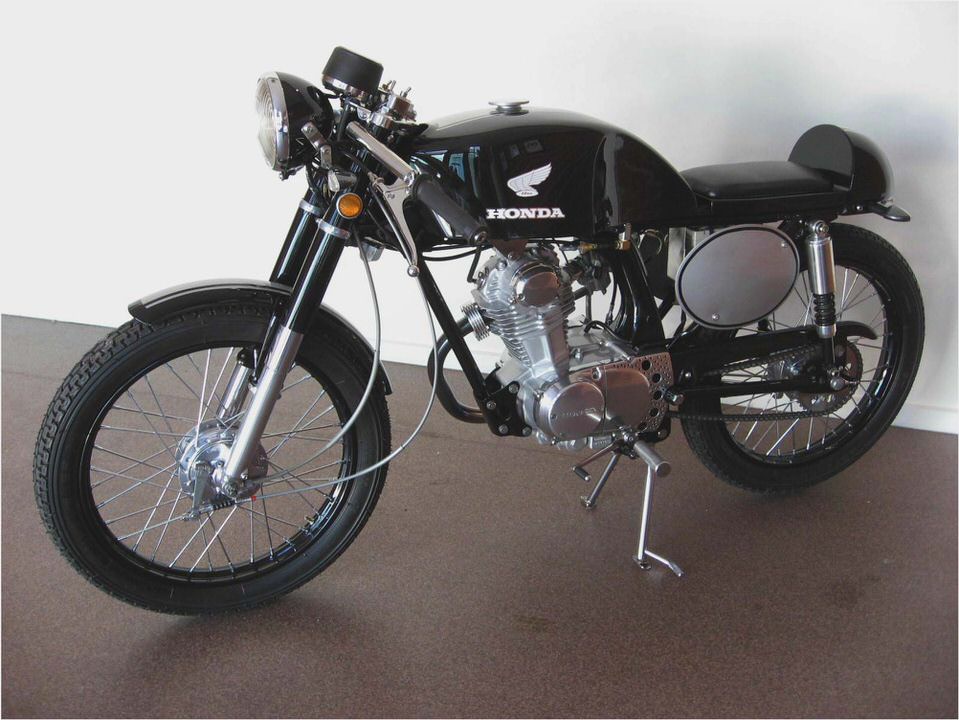
Okay, cool enough, but since our bike was/is a non-stock café special, we decided to do something a little different, so we turned to Carpy. Carpy’s been in the Honda café scene about as long as anyone, so we weren’t surprised to discover that he’s created his own custom face plate transfers. Carpy will sell you the transfers straight out, but we opted to send our face plates to him.
Using our specs he made up a custom set of transfers, cleaned our old face plates and applied the new faces. We got them back in about a week, and the results speak for themselves. They look fantastic and really help finish off our café theme.
Carpy can supply just about any design you can think of, and Carpy also has step-by-step instructions for replacing the face plates on CB750 clocks on his site. The only place we differ with him is on removing the crimp band, which he cuts off – it’s not necessary, and then you have to fit a new band or, as Carpy does, glue the old band back together.
Step Five: Putting the gauges back together We cleaned our gauges thoroughly inside and out before putting them back together. They’re not hermetically sealed, so you don’t have to be too anal about it. Get them clean, and make sure the rubber seal on the upper half is still in good shape, maybe conditioning it a bit with some WD40 so it will go back in shape.
With the gauge in place, place the two halves together, followed by the crimp band. Drop it in place going from the upper half to the lower, with the end you pried open facing the lower halve of the case. You’ll have to gently push it in place. Before going any farther, make sure the case halves are properly oriented to each other so the gauge face will be straight once you mount the speedo or tach back on your bike.
Now, take a set of duck-billed pliers and a soft rag. Place the rag between the pliers and the outer face of the ring (the part you didn’t pry up – it has a nice chrome finish on it, and you really don’t want to mar it), and gently squeeze the crimp band down, putting the pressure on the side you opened up and gently rolling the pliers forward to seat the band. Do this slowly and carefully and the band will crimp in place without damaging the exposed side.
Just like removing it, we worked our way around the gauge a few times to get it crimped back evenly.
Re-crimping the band takes the same kind of patience as removing it. Work your way around slowly with a pair of duck-billed pliers and a rag protecting the finished edge, gently re-crimping the band while gently rolling the pliers up to help seat the band and lock the two halves of the gauge together.
Here’s a close up of our finished speedo. Cool.
Step Six: You’re done! That’s pretty much it. Bolt those suckers back in the handlebar mounts and you’re in business. You might have noticed that our upper gauge bodies are polished.
Near as we can tell, they’re made out of stainless steel. We started sanding off the damaged paint to repaint them, but once we saw how easily they’d shine up, we figured to hell with paint and just polished them up on a polishing wheel. They look great, and it’s loads easier than painting them. If we’ve left anything out, please add to our experience by using the “Comments” feature and fill us in on what you know. – Richard Backus
A better view of our polished speedometer and tachometer. Since our bike’s non-stock we didn’t have to worry about paint, and frankly, we think the polished gauges look better than paint.
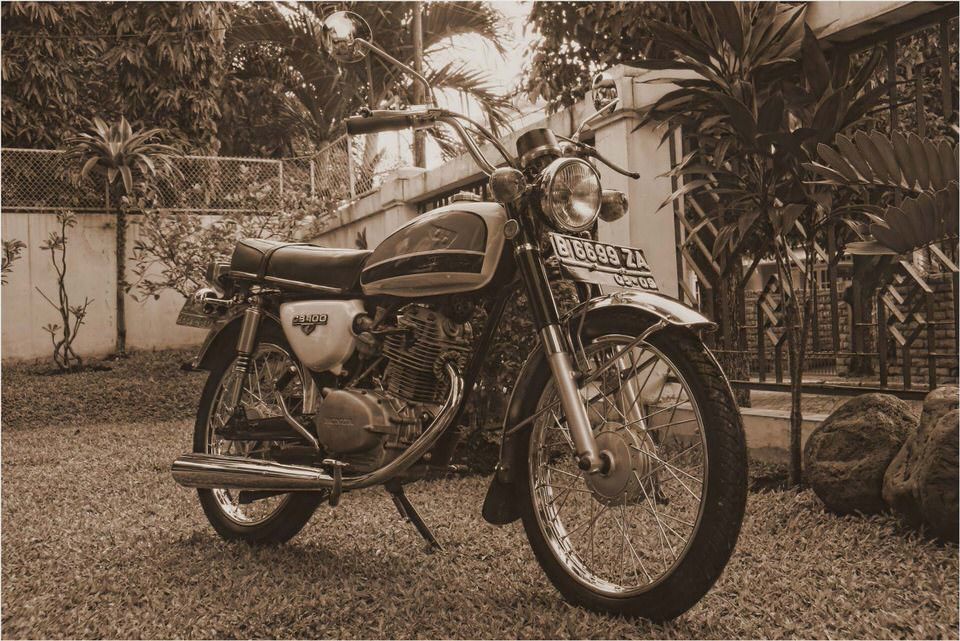
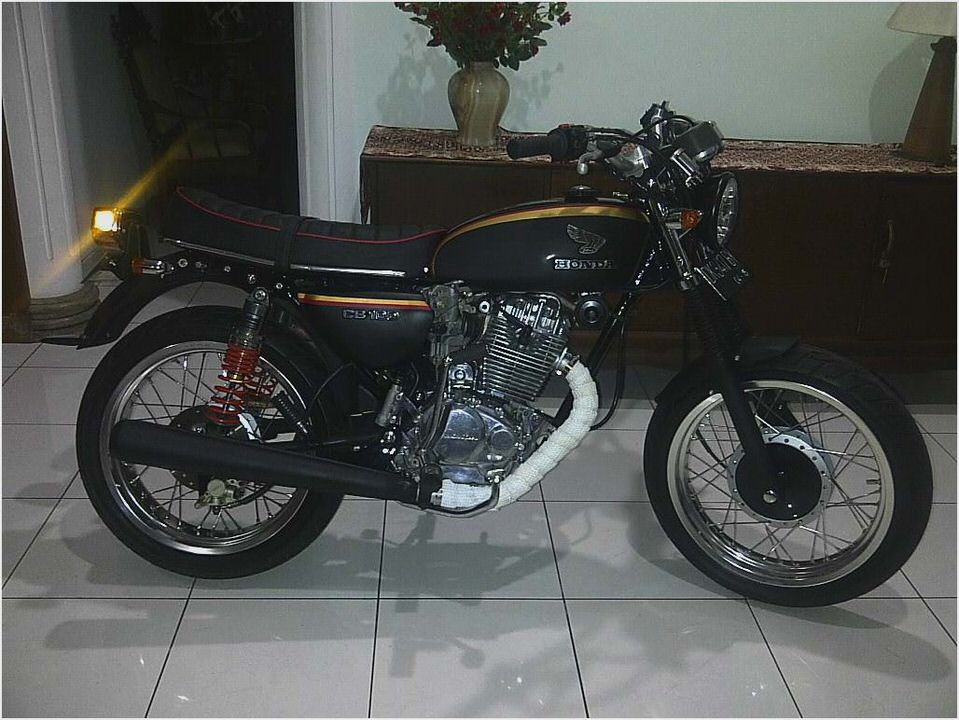
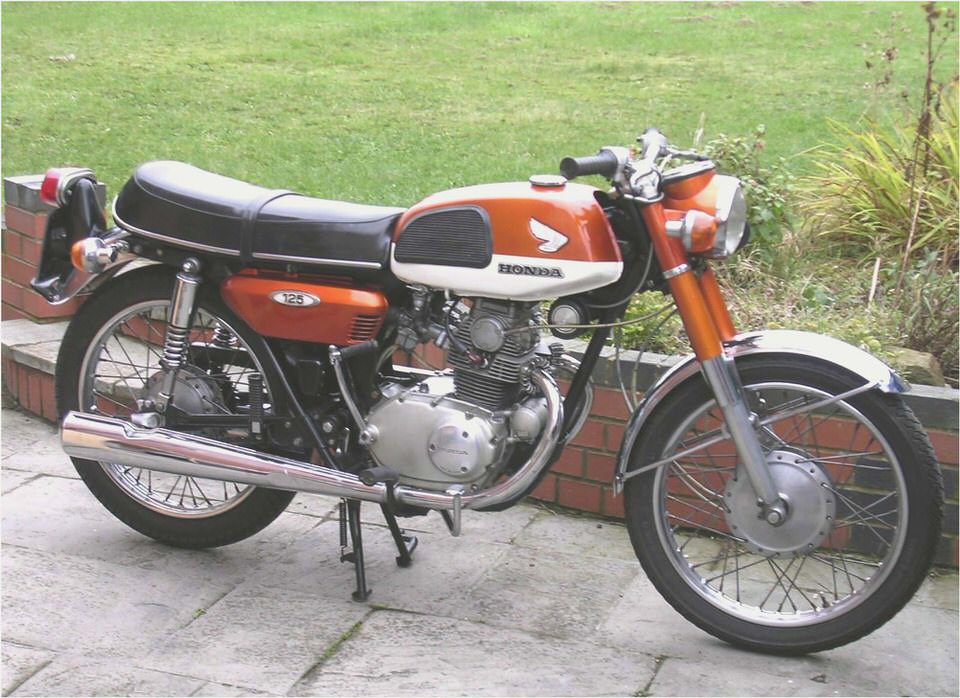
- 2013 Honda Spacy Helmet In and PCX 150 unveiled in Malaysia – Spacy RM4,999…
- 2007 Honda VTR Specs eHow
- Honda VTR 1000 SP-1 Sunday Drive DIY Reviews!
- Valentino Rossi impressed with 2014 YZR-M1 – Motorcycle Sport MotoGP…
- Honda Trail 90

